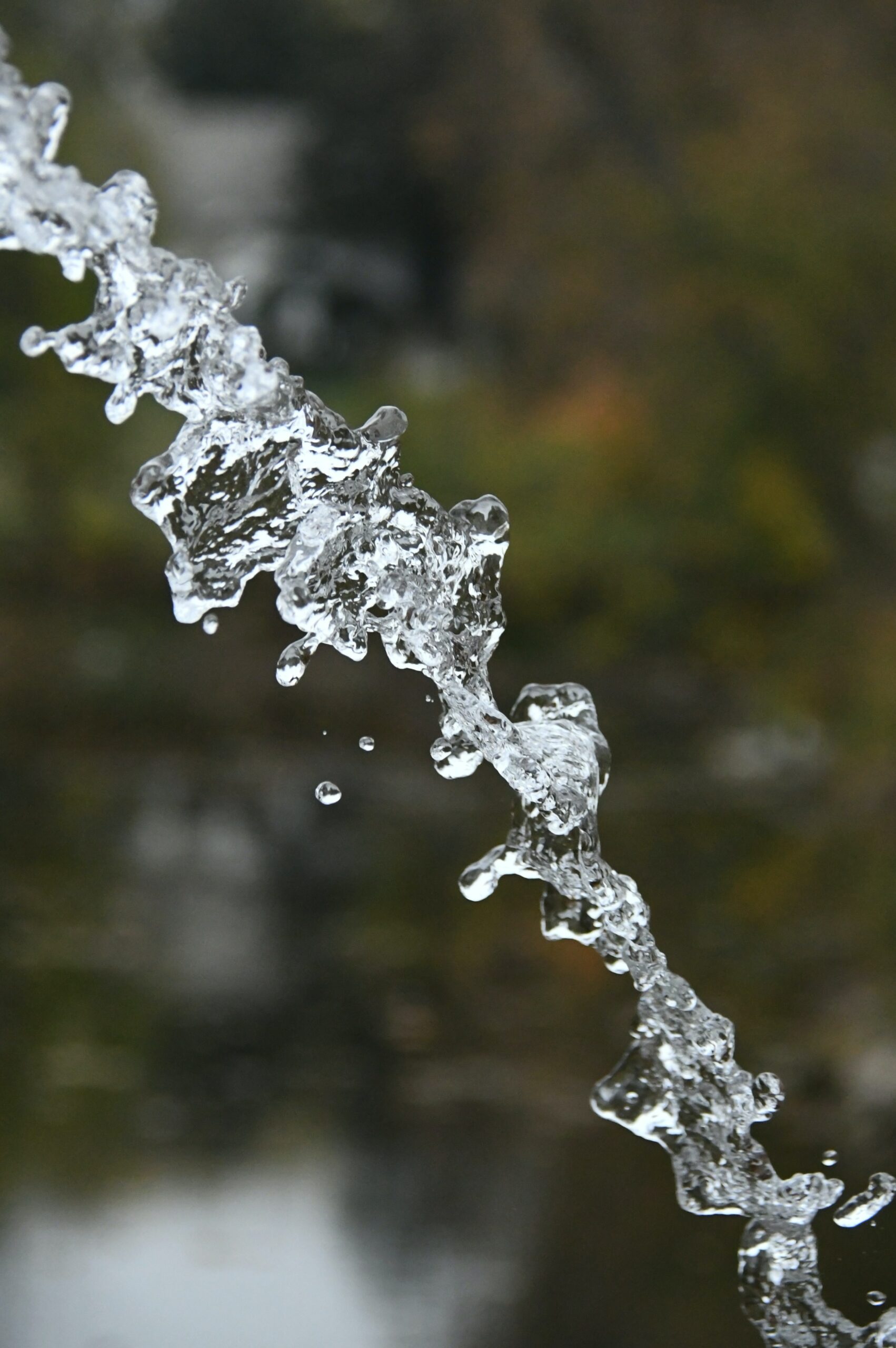Health Dangers from Camp Lejeune New River Plant
Water treatment facilities that service Camp Lejeune, North Carolina, have been linked to contaminated drinking water. Administrative and Veterans Administration (VA) claims are being pursued by service members and civilians alike suffering various health complications.

These conditions, including various forms of cancer, have all been linked to chemicals found in the drinking water at Camp Lejeune.
Veterans, their family members, and civilian contractors who lived on or worked at Camp Lejeune between August 1953 and December 1987 for a period of at least 30 days were likely exposed to the toxic drinking water on base.
Even if they did not drink the water, bathing or using the water for cooking during this time was sufficient to cause potentially harmful exposure.
New River Water Treatment Plant Contamination Explained
Throughout its history, Camp Lejeune has used various water treatment facilities to supply the men and women who lived and worked on the base with potable water.
These facilities would pump and collect groundwater from underground wells. The water would then be treated, purportedly to make it safe for human use and consumption, before being sent to homes, training facilities, and other buildings on base.
The plant at New River was one of these treatment facilities. Significant groundwater contamination was found at three water treatment facilities: Hadnot Point, Tarawa Terrace, and Holcomb Boulevard. Testing revealed the presence of some toxic chemicals at levels hundreds of times greater than what is considered safe and acceptable.
Testing and investigation that began in the late 1980s identified leaking underground waste disposal sites and runoff from a nearby dry cleaning business as two of the culprits most likely to have contaminated the groundwater.
Some of the chemicals identified in the groundwater included tetrachloroethylene (PCE), trichloroethylene (TCE), benzene, and vinyl chloride.
The New River treatment plant did not have any contamination detected at its facility; however, this does not mean areas serviced by the plant were not contaminated. It was acceptable practice for areas with a higher water demand to bring in water that had been treated at other plants, including plants that drew contaminated groundwater.
Types of Chemicals Found in Camp Lejeune Groundwater
One of the chemicals detected in groundwater wells in Camp Lejeune was tetrachloroethylene (PCE), a liquid solvent that is frequently used in dry cleaning applications. If you get your clothes dry cleaned, bring them home, and open up the bag, the chemical smell you detect is most likely PCE.
PCE that was found in Camp Lejeune groundwater was traced back to a dry cleaning business that operated near the base — its PCE waste seeped into the ground and contaminated the groundwater.
The degreaser trichloroethylene (TCE) is another chemical that was found in the groundwater of at least one water treatment facility servicing Camp Lejeune. Even low amounts of exposure to TCE can lead to kidney troubles and fertility issues, and higher or longer levels of TCE exposure can lead to certain cancers.
Vinyl chloride and benzene were also present in some of the groundwater wells around Camp Lejeune. Low-level exposure to these chemicals is usually not problematic, but when people are continuously exposed to them over a period of time, the risk for health complications increases.
Various Forms of Cancer Linked to New River Contaminants
One of the chief health conditions that service members and others who were exposed to the toxic drinking water at Camp Lejeune developed was cancer in varying forms.
The VA recognizes at least six types of cancer as “presumptive diseases.” A presumptive disease is one that the VA recognizes as most likely being caused by a particular event — in this case, exposure to Camp Lejeune’s toxic water. The list of presumptive cancers includes the following:
- Non-Hodgkin’s lymphoma
- Multiple myeloma
- Bladder cancer
- Liver cancer
- Adult-onset leukemia
- Kidney cancer
In addition to these presumptive cancers, several other forms of cancer have been labeled as presumptive diseases believed to be caused by toxins in Camp Lejeune’s drinking water system, including water from the New River plant:
- Breast cancer
- Esophageal cancer
- Lung cancer
Some of these cancers can turn deadly if they are not detected and treatment is not started in a timely manner.
New River Chemical Toxins Lead to Neurobehavioral Disorders
Neurobehavioral conditions are also on the VA’s list of presumptive diseases caused by the chemicals found in the drinking water at Camp Lejeune. These are various diseases that affect the brain and cognitive functioning of a person. They can manifest in poor judgment and planning abilities as well as aggression, depression, or other emotional imbalances.
In addition to these neurobehavioral symptoms and conditions, Camp Lejeune’s toxic drinking water has been linked to the development of Parkinson’s disease.
Parkinson’s disease may begin with mild symptoms or tremors in a localized part of the body, but as the disease progresses, the symptoms will spread and become more pronounced. Some individuals with Parkinson’s disease have trouble walking, standing, or balancing in the disease’s later stages.
Your Rights Following Toxic Water Exposure from New River
You may not know which plant provided your office building or residence on Camp Lejeune with drinking water. Whether your area was serviced by the New River plant or some other plant is immaterial.
If you developed a health condition like cancer or Parkinson’s and you lived, worked, or otherwise were exposed to the water at Camp Lejeune for at least 30 days between August 1953 and December 1987, you may qualify to file a claim for compensation.
It is always advisable to seek out an attorney with significant experience in Camp Lejeune claims to ascertain your precise rights. While attorneys and firms who represent clients in mass tort cases may be familiar with Camp Lejeune suits, having representation from an attorney with prior experience representing these specific claims can result in a speedier filing of your claim for benefits.
To have your potential claim evaluated and get matched with a qualified Camp Lejeune toxic water lawyer in your area, complete and submit the online form on the right side of the screen.




